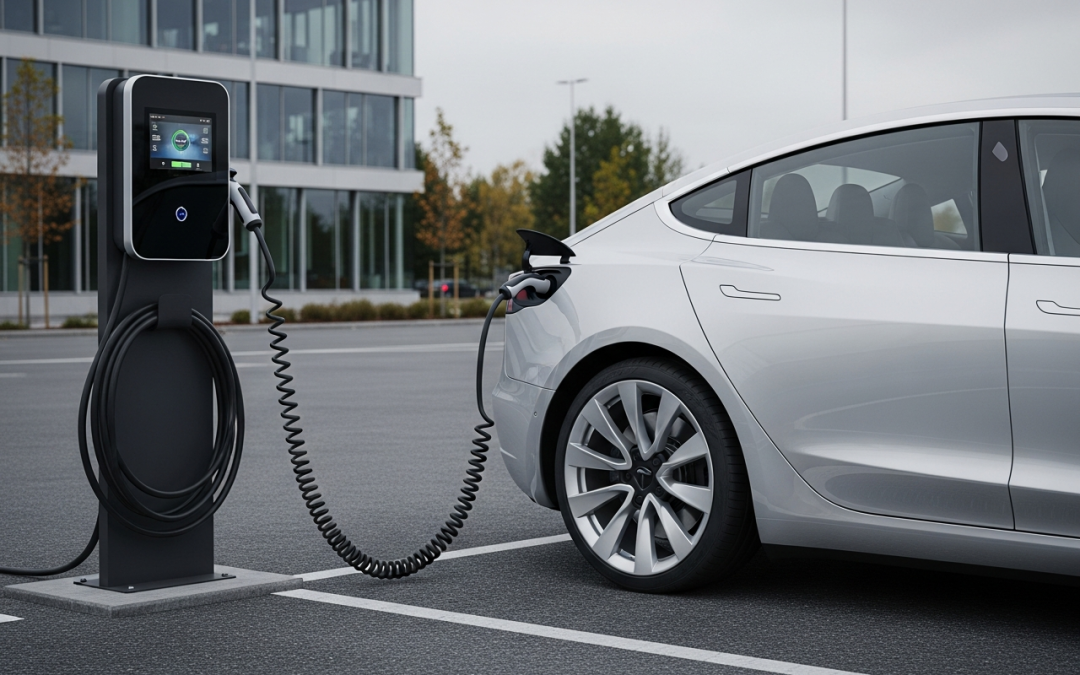Installing an Electric Vehicle (EV) charger in a residential property is not merely a matter of plugging it into an existing socket. Because of the high, continuous electrical load, the wiring and safety protocols must adhere to stringent national standards to ensure the protection of the home, the vehicle, and the occupants.
1. The Imperative of Dedicated Circuitry
An EV charger operates at or near its maximum capacity for extended periods—often several hours a day.
2. Sizing the Conductor: The Metric Wire Gauge (mm²)
The size of the wire (cable conductor) is crucial. Using an undersized wire for a high-current load will cause excessive heat build-up, potentially melting the insulation and creating a fire risk behind the walls.
In accordance with metric standards, a qualified electrical technician must determine the final size based on several factors:
- Charger Capacity: A 7 kW (32 Ampere) single-phase charger is common.
A cable size of 6mm² is frequently required as a minimum for this load. - Installation Method: Whether the cable is clipped directly to a wall, run in a conduit, or buried in insulation affects its current-carrying capacity (derating factor).
- Length of the Run: The distance from the main distribution board to the charging station is critical. A longer run increases voltage drop and heat generation, often necessitating a larger cable size (e.g., upgrading from 6mm² to 10mm²) to maintain efficiency and safety.
3. Critical Safety Protocol: Residual Current Devices (RCDs)
High-voltage EV charging introduces unique safety challenges, specifically the risk of both AC and DC leakage current faults.
- Standard RCDs (Type AC/A): Traditional RCDs (sometimes referred to as ELCBs) are designed to detect only AC or pulsating DC faults. However, EV charging units contain internal rectifiers that can produce pure DC leakage current, which can “blind” or render a standard RCD ineffective.
- Advanced Protection: The system must incorporate a device that can detect DC fault currents of at least 6mA. This is typically achieved in one of two ways:
-
- Using a more sensitive Type B RCD on the dedicated circuit (most expensive but comprehensive protection).
- Using a standard Type A RCD paired with a charging station that has built-in DC fault current detection and isolation features.
-
Conclusion
A safe and reliable EV charger installation in Malaysia demands more than just a skilled hand; it requires a deep understanding of the Suruhanjaya Tenaga (ST) regulations and the specific requirements of the high-current, continuous load. Skimping on the correct cable size, the appropriate RCD (especially the Type B or equivalent DC detection), or a robust earthing system isn’t saving money—it’s trading safety for a shortcut.
The investment in proper wiring and safety devices ensures your charger operates efficiently, protects your home from fire, and keeps your family safe. Always engage a certified electrical contractor with specific experience in high-load appliance installations to handle this task. You want a charging station, not a thermal event.

